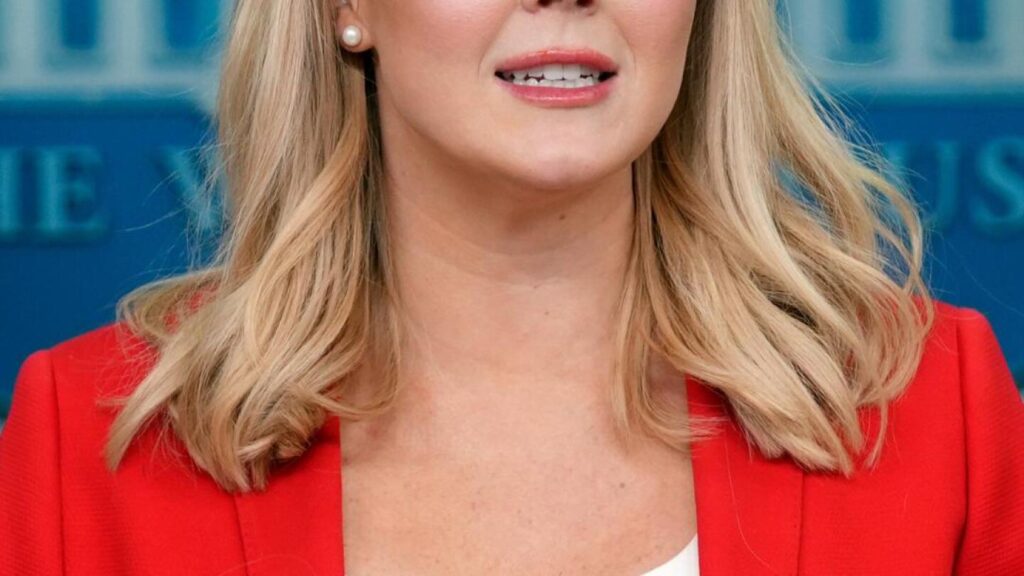The White House announced a departure from the customary practice of having an independently selected press pool cover President Donald Trump, stating that White House officials will now determine which news outlets can have regular up-close access to the President. This shift raises concerns about transparency and accountability, as the press pool traditionally plays a vital role in holding the President accountable on behalf of the American public. By centralizing the decision-making process on media coverage, there are fears that certain outlets may be favored or excluded based on political considerations, potentially impacting the diversity and objectivity of news coverage of the President’s activities. This move marks a significant departure from established norms and has sparked discussions about the implications for press freedom and the public’s right to information. The decision to alter the long-standing protocol governing media access to the President reflects a broader trend of shifting dynamics between the government and the press, underscoring the evolving landscape of journalism in the modern political era. As stakeholders analyze the potential ramifications of this decision, questions arise about the balance between government control over media access and the press’s role in serving as a watchdog for democracy.
“Exclusive: White House to handpick media covering Trump in press pool | AP News”
February 25, 2025

From Associated Press
This site is supported by our readers, so if you’re able to help, consider becoming a paid supporter. https://www.patreon.com/YUGENEWS
